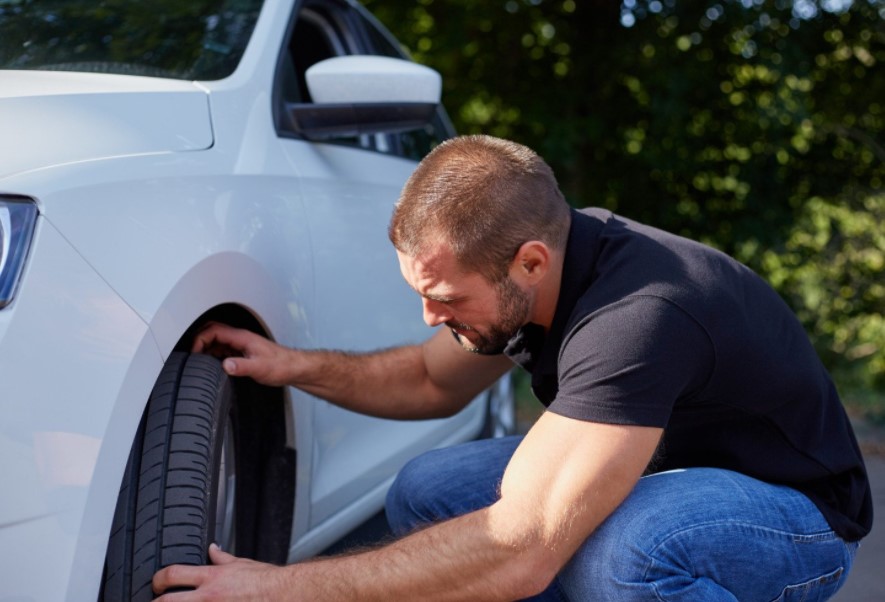From industrial machinery to domestic or luxury cars, hydraulic systems are found everywhere. These essential systems in various machinery are designed and purposed to supply power, control, reliability, and safety to the system. These are made of various parts including reservoirs, pumps, motors, valves, and cylinders. One of the most important components is hydraulic hoses. The best quality Gates Hoses at 1800 HOSE VAN are graded by fluid compatibility, temperature, and pressure they can withstand.
Hydraulic hoses are essentially cylindrical components, hollow from within, that is used to carry fluid from one part to the other part of the system. They are used where pipes and tubes are not the appropriate solutions such as machine operations that demand flexibility.
- Materials used to manufacture hydraulic hose
Hoses can be made with one or a combination of several materials. Based on the pressure rating and environment, different materials that are typically used to manufacture hoses are rubber, PVC, polyethylene, nylon, etc. Sometimes materials like stainless steel, Teflon, etc are also used for the purpose.
Some applications also need hoses made of exclusive material such as special-grade polyethylene (LLDPE, LDPE).
- Factors involved in selecting the right hydraulic hose
Hoses are the most crucial component of hydraulic equipment. Any hose failure can be deadly as it will result in leakage of fluid that can damage the whole equipment or lead to a dangerous accident. For those reasons, it is essential to pick the right hose for your hydraulic system. Here are some factors that you should consider to make the right choice.
- Check the working pressure
Every hose has a limit to the pressure it can sustain. Make sure that the highest pressure in your system does not exceed the limit rated for the hose. Keep the pressure surges in the system in check to avoid leakage and further destruction.
- Check minimum burst pressure
Burst pressure is the pressure that is considered only for destructive testing and design safety. This is the pressure at which the hose would burst. Knowing this pressure will help stay more cautious and safe while using the hose.
- Know the temperature range
Just like pressure, every hose also has a rated temperature range for its operation. You must ensure that the range is not exceeded to maintain safe working. Also, manufacturers specify the maximum operating temperature for the fluids, especially solutions and emulsions, which must be maintained.
- Know its fluid compatibility
Fluids that are used in a hydraulic system have exceptionally different configurations and characters. For instance, petroleum fluids and phosphate ester have a drastically different chemical composition and need different types of hoses.
- Check minimum bend radius
Hoses are often bent while they are fit into the hydraulic systems. However, every hose has a minimum angle below which it should not be bent in any case. You should also ensure that the hose is not subjected to excess torque and tension.
- Look at the hose size
Hoes size is the inner diameter that determines the amount of fluid it can handle. If a hose is subjected to a fluid volume greater than its rating, it can result in excess pressure and a rise in temperature that can further damage the tube.




